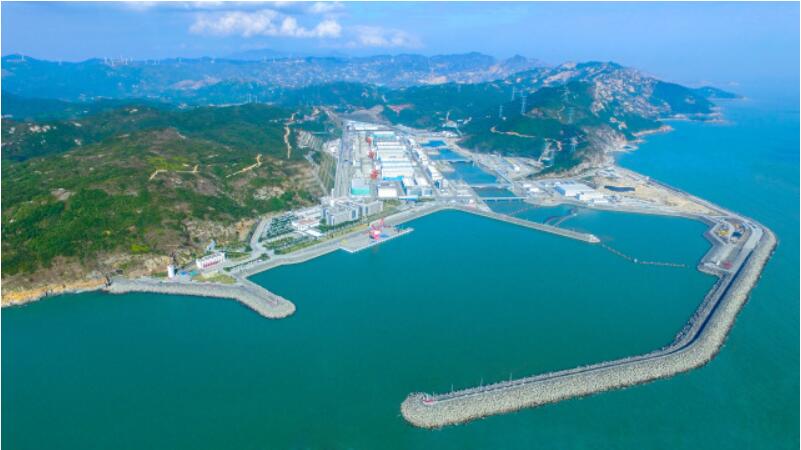
Unit 4 of the Yangjiang Nuclear Power Plant (NPP) in Guangdong province began commercial operations on March 15 after 168 hours of trial operations, according to the China General Nuclear Power Corporation (CGN).
With construction first breaking ground on Nov 17, 2012, it is China’s first nuclear unit to be constructed after the 2011 Fukushima accident in Japan. The unit connected to the power grid for the first time on Jan 8, 2017 and eliminated equipment defects after a series of tests and commissioning.

As China's largest nuclear power base as measured by the number of one-time approved units, the Yangjiang NPP has maintained a good safety record. Six units are planned in total for the plant. Unit 1 entered commercial operations on March 25, 2014, with units 2 and 3 beginning operations on June 5, 2015 and Jan 1, 2016, respectively.
Units 5 and 6 are still currently under installation and commissioning processes. Unit 5 is the first of its kind in the country to adopt the FirmSys, a home-made digital control system for nuclear reactors.
As of 2016, the first three units of the Yangjiang plant generated 40.53 billion kilowatt hours (kWh) of electricity. Compared to same amount of fossil energy, it realized a reduction in coal consumption of 12.89 million tons, carbon dioxide emissions of 31.63 million tons, sulfur dioxide emissions of 0.31 million tons and nitrogen oxide emissions of 0.2 million tons. The environmental benefits of the plant have amounted to that of planting 84,100 hectare trees.
The operation of Yangjiang's unit 4 brings CGN’s total number of operational reactors to 20, with a total installed capacity reaching 21.47 GW, helping CGN remain the world’s fifth largest nuclear power operator.
(Source:CGN)





